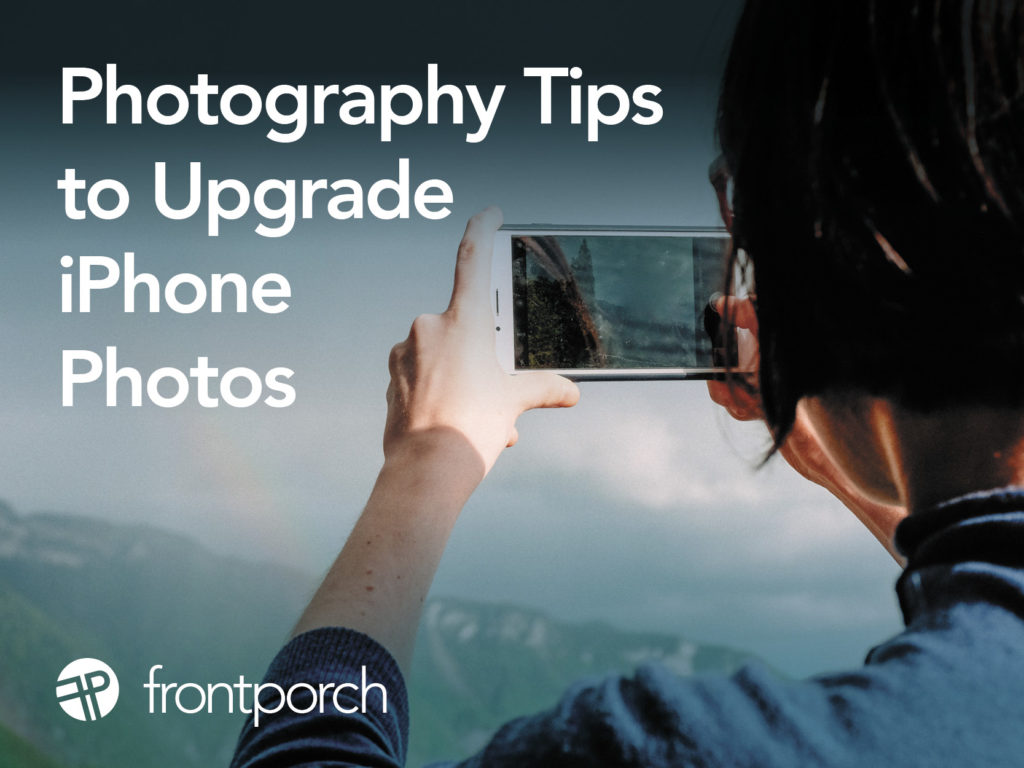
Are PR pros pitching media during the holidays?
You bet they are pitching media during the holiday season. The holidays often means a respite for journalists from covering a continual news cycle. But as the season nears, story ideas are not as plentiful and, as such, this becomes a prime time to position your client in the news. You can still have effective media relations and engage with journalists to get the best results for your client during the holidays.
Yes You Can Pitch the Media at Holiday Time
Do not be daunted by the copious amount of “out of the office” responses — journalists are still tasked with reporting and producing the news. So make your pitches! Here are some media outreach tips during the holidays:
- Pitch evergreen story ideas and content — As the pace of news slows, mid-December to early January is the ideal time to pitch feature stories and thought leadership profiles. Reporters want to file their articles prior to taking time off. A journalist is more likely to use your story during this period if it does not rely on current events.
- Do Not Pitch Holiday Stories in December — Editorial calendars are already rife with holiday content; it’s unlikely that a seasonal pitch, in December, will generate coverage. Media outlets plan holiday stories well in advance — if you’re pitching media in December do not wrap (pun intended) your client’s message in a holiday package.
- Make Predictions and Be Inspirational — Predictions for the coming year can earn media mentions for your clients as experts in their professions. The holidays are also the perfect time to pitch positive stories. The media always gravitates towards a feel-good narrative during this time of year. Consider examples of outstanding customer service, volunteer activities of employees, or the benefits of company donations.
- Broadcast Media — Broadcast media are always reliant on guests. Many television entities conduct interviews remotely. So pitch your client to national producers in this situation which is a great opportunity. At this time, producers are not inundated with story ideas! Sparsely populated email inboxes are your friend, and a strong pitch could set your client up for success.









